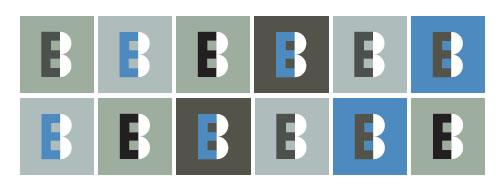Undergraduate students do not understand some library jargon typically used in library instruction
DOI:
https://doi.org/10.18438/B8QP4PAbstract
A review of:Hutcherson, Norman B. “Library Jargon: Student Recognition of Terms and Concepts Commonly Used by Librarians in the Classroom.” College and Research Libraries 65.4 (July 2004): 349-54.
Objective – To determine students’ level of recognition for 28 commonly used terms in library instruction.
Design – Survey, multiple-choice questionnaire.
Setting – Large state university library in the United States (this is assumed from the author’s current affiliation).
Subjects – 300 first- and second-year university students enrolled in a library skills course between September 2000 and June 2003.
Methods – Two 15-question multiple-choice questionnaires were created to verify students’ understanding of 28 terms commonly used in library instruction, or “library jargon”. Each questionnaire included 12 unique terms and, in order to ensure consistency between questionnaire results, three common terms. For each question, a definition was provided and four terms, including the correct one, were offered as possible answers. Four variants of each survey were developed with varied question and answer order. Students who completed a seven-week library skills lab received one of the two questionnaires. Lab instructors explained the objective of the survey and the students completed them in 10 to 15 minutes during class time. Of the 300 students enrolled in the lab between September 2000 and June 2003, 297 returned completed questionnaires. The researcher used Microsoft Excel to calculate descriptive statistics, including the mean, median, and standard deviation for individual questionnaires as well as combined results. No demographic data were collected.
Main results – The mean score for both questionnaires was 62.31% (n=297). That is, on average, students answered 9.35 out of 15 questions correctly, with a standard deviation of +-4.12. Students were able to recognize library-related terms to varying degrees. Terms identified correctly most often included: plagiarism (100%), reference services (94.60%), research (94.00%), copyright (91.58%), and table of contents (90.50%). Terms identified correctly the least often included: Boolean logic (8.10%), bibliography (14.90%), controlled vocabulary (18.10%), truncation (27.70%), and precision (31.80%). For the three terms used in both questionnaires, results were similar.
Conclusion – The results of this study demonstrate that terms used more widely (e.g. plagiarism, copyright) are more often recognized by students compared with terms used less frequently (e.g. Boolean logic, truncation). Also, terms whose meanings are well-understood in everyday language, such as citation and authority, may be misunderstood in the context of library instruction. For this reason, it can be assumed that students may be confused when faced with this unfamiliar terminology. The study makes recommendations for librarians to take measures to prevent misunderstandings during library instruction such as defining terms used and reducing the use of library jargon.
Downloads
Downloads
Published
How to Cite
Issue
Section
License
The Creative Commons-Attribution-Noncommercial-Share Alike License 4.0 International applies to all works published by Evidence Based Library and Information Practice. Authors will retain copyright of the work.








